Anal Sacs Disease
What are anal sacs?
The anal sacs are small bean shaped structures located just inside the rectum near the anus. Often referred to as anal glands, these sacs contain glandular tissue that secretes a clear to brownish liquid upon normal defecation. The primary function of this secretion in dogs and cats seems to be for scent marking, and is the pet’s signature identification scent. Ever wonder why dogs sniff each other’s butts? This is why. Dogs and cats both have anal glands, as do non-descented ferrets (their cousin, the skunk, has perfected their anal sac secretions into a weapon of mass destruction!)
What is Anal Sacs Disease?
Anal sac disease is most commonly seen in small breeds of dogs such as poodles and Chihuahuas, but can be seen in any breed of dog. We occasionally see issues with it in cats. Pet’s that are having some issues with their anal sacs will often lick at their rear end, suddenly turn to look at their rear end, or will scoot their rear end across the carpet.
Impaction
This is the most common manifestation of anal sac disease. The normally liquid secretions usually become thicker and dryer, making it difficult if not impossible for the dog to express the contents when having a bowel movement. Signs seen at this stage are related to pain and discomfort involving the anus. At this point, someone experienced with expressing the anal sacs (a veterinary staff member or trained groomer) will need to empty them for the dog. This ailment could arise again, and it is best if they are expressed again in a month or so.
Sacculitis
This condition occurs when the sacs become inflamed and often infected. Signs at this stage are usually indistinguishable from those of an impaction, however the veterinarian may note a change in the type of material expressed from the sacs. The sacs may also be more tender at this time. This treatment usually involves veterinary care and may include the use of antibiotics or anti-inflammatory agents. Sometimes, sedation with anal sacs being flushed out is required.
Abscess Formation
An abscess occurs when the sac is very inflamed and infected and the material is unable to be expressed. The resultant swelling is visible to both the owner and the veterinarian. The area around the anus is red, hot and painful. In many cases the gland will swell so much that the slightest pressure will cause them to rupture. The good news is the sudden release of pressure will make the dog feel much better. The bad news is that your carpet might feel otherwise, since some blood and odoriferous material will be left behind. The sacs always rupture outward, so there is little concern of deeper damage. However, antibiotics, hot packing, and the lancing of abscessed sacs that haven’t ruptured yet, are necessary. Scarring and potential recurrent anal sac issues can occur. In some chronic cases, the anal sacs may need permanent removal once healed.
Prevention
Prevention of anal sac disease is difficult because the underlying cause is unknown. Predisposing factors have been suggested include: generalized seborrhea (a condition where the skin is either too dry or too oily), improper diet, glands in the sac that are too active, poor muscle tone in the anal sphincters and breed predilection. The best thing that an owner can do, is to have them checked on yearly trips to the vet, or if having your pet being groomed. If your dog starts to scoot or lick its rear end a lot, contact us and we can check it out for you.

